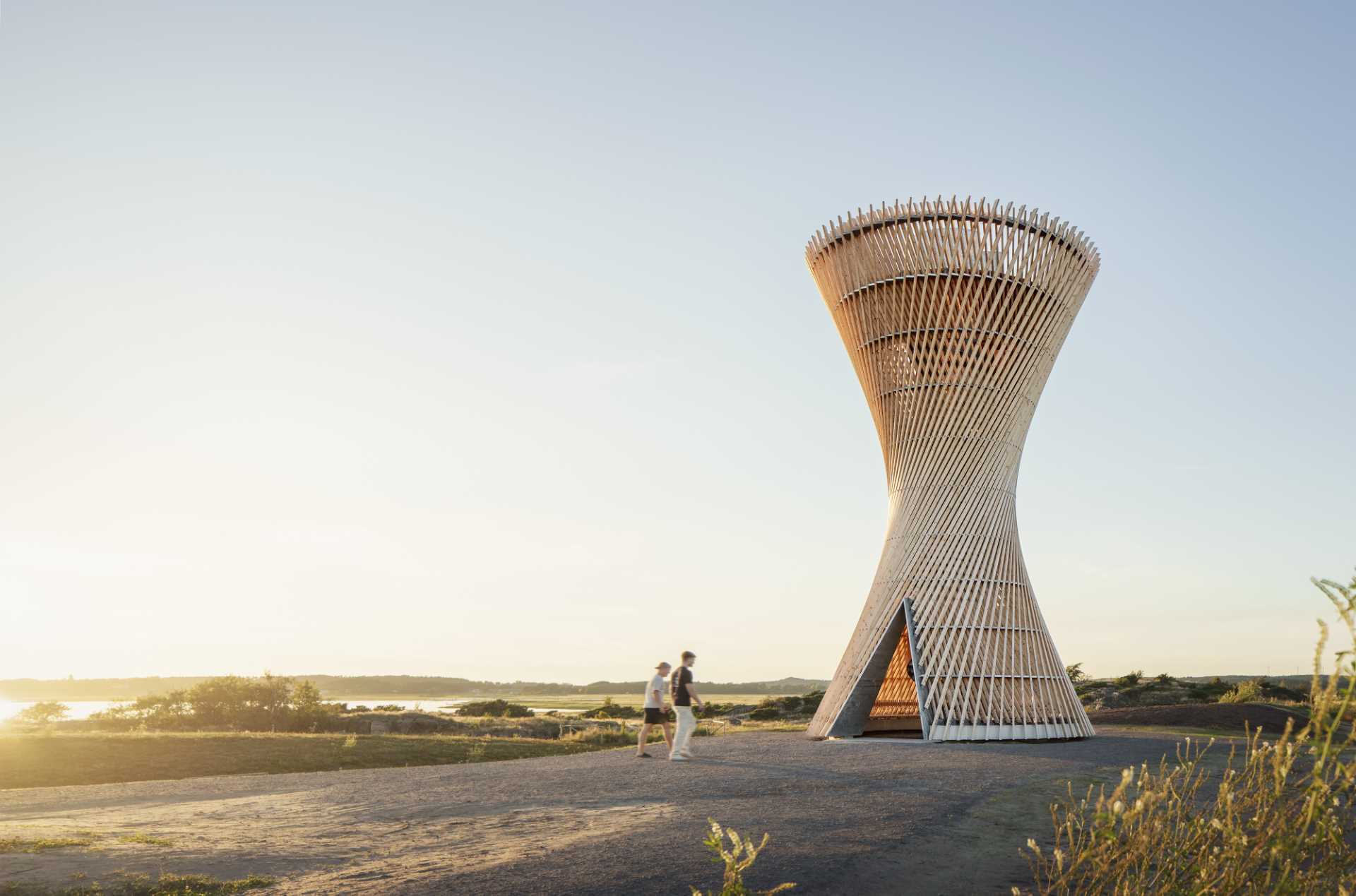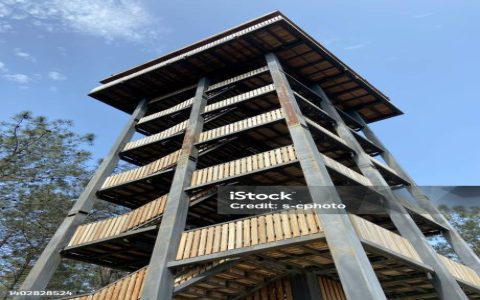Environmental Sustainability
Wooden observation towers support eco-friendly practices by utilizing renewable timber, which minimizes carbon emissions and enhances biodiversity. Their natural material blends seamlessly with landscapes, preserving ecosystems without intensive resource extraction.
- Reduces carbon footprint through sustainable sourcing and low-impact construction.
- Promotes carbon sequestration, contributing positively to climate goals.
Aesthetic Appeal
These structures offer a warm, organic appearance that harmonizes with natural surroundings, elevating the visual experience for visitors. Unlike metal alternatives, wood provides a timeless and inviting atmosphere.
- Integrates effortlessly with parks, forests, and coastal areas for immersive views.
- Enhances photographic opportunities, boosting tourism appeal through natural beauty.
Cost-Effective Construction
Building with wood often lowers initial costs and long-term expenses due to readily available materials and simpler installation methods. Maintenance requirements are typically minimal, saving operators on repairs.

- Requires less specialized labor and equipment compared to steel or concrete.
- Offers durability against weathering with proper treatment, ensuring extended lifespan.
Enhanced Visitor Experience
Wood's tactile comfort and visual warmth create a welcoming environment, encouraging longer stays and repeat visits. This material reduces noise pollution, allowing for serene observation moments.
- Provides a natural, sensory-rich setting that boosts enjoyment and relaxation.
- Increases safety with non-conductive properties, reducing risks in high-traffic areas.
Sustainable Resilience
Engineered wood designs ensure structural strength and flexibility, resisting environmental stresses like wind and earthquakes. This adaptability supports long-term use and aligns with green building certifications.
- Facilitates modular assembly for easy expansion or relocation as needed.
- Demonstrates fire resistance through modern treatments, meeting safety standards.





